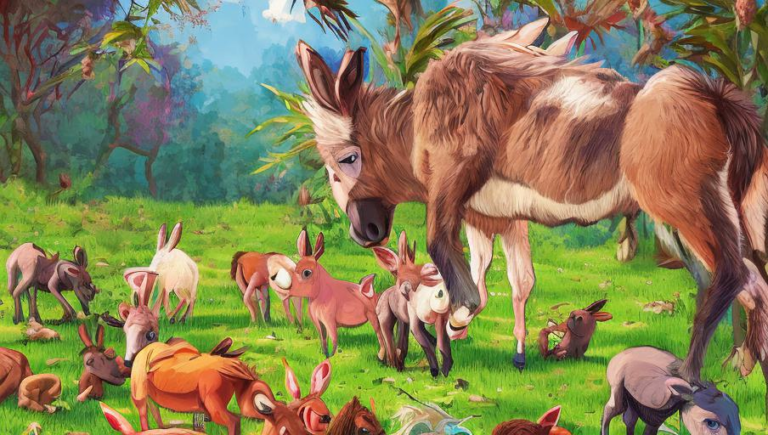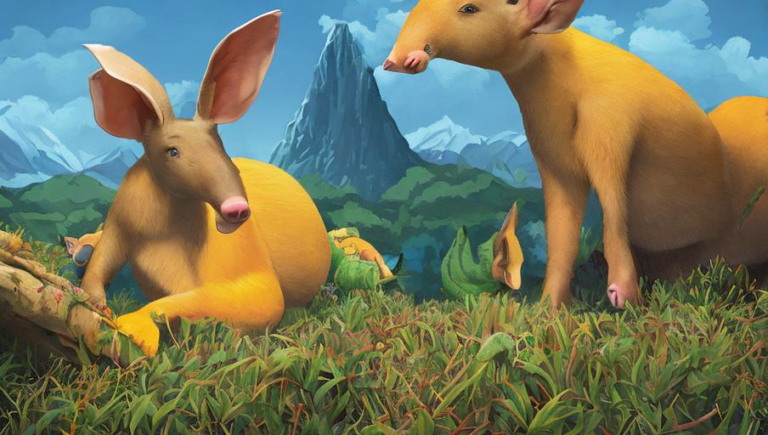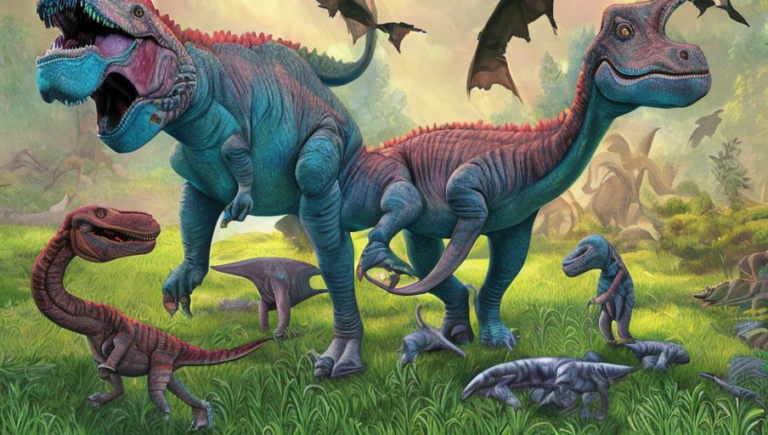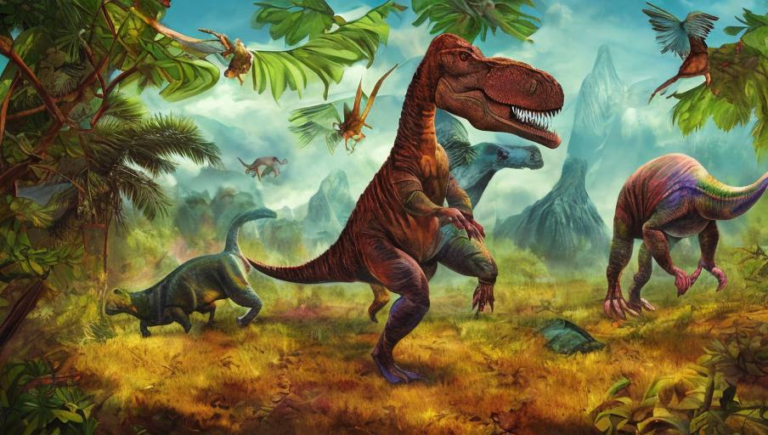Profiling the Badger: An In-Depth Look at the Species
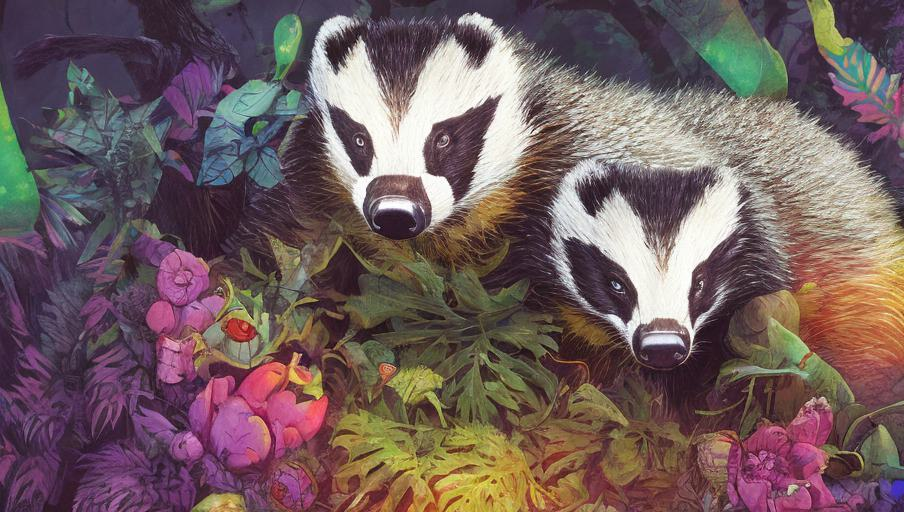
Introduction
The badger is a small mammal with a strong, stocky body and thick fur. They are found in Europe, Asia, and North America, and are most commonly found in meadows, woodlands, and hedgerows. Badgers are nocturnal and omnivorous animals, meaning they feed on a variety of food sources, including fruits, vegetables, small mammals, and insects. There are 11 badger species in the world, and each species is adapted to the environment it lives in.
Physical Characteristics
Badgers typically have short legs, thick fur, and a long snout. The fur of a badger can range from gray to black, depending on the species. Badgers also have long claws that are used for digging, and their broad feet are perfect for digging burrows. The average weight of a badger is 6 to 12 pounds, and the average length is between 1.2 and 1.9 feet.
Behavior
Badgers are solitary animals, and they live in small family groups of up to 12 badgers. They are active during the night, and they spend their days in underground burrows. Badgers are also very territorial, and they will defend their burrows against intruders. Badgers also communicate with each other through a variety of sounds and smells.
Diet
Badgers are omnivorous animals, which means they eat both plants and animals. Their diet consists of fruits, vegetables, small mammals, insects, and even carrion. Badgers also eat a variety of roots, nuts, and berries. In order to get the food they need, badgers will dig for roots and hunt for small mammals.
Reproduction
Badgers typically mate in the spring and summer months. The mother badger will give birth to a litter of up to seven badgers. The young are born blind and helpless and are dependent on their mother for the first few weeks of their life. After the first few weeks, the badger pups will start to explore and hunt with their mother.
Habitat
Badgers are found in meadows, woodlands, and hedgerows. They are adapted to living in a variety of environments, and can be found in grasslands, open forests, and even deserts. Badgers prefer to live in areas with plenty of food and protection from predators.
Conservation
Badgers are not currently threatened, but their populations are declining due to human activities. Habitat destruction, hunting, and road mortality are all contributing to the decline in badger populations. It is important to protect badger habitats and ensure that they have enough food sources to survive.
Conclusion
The badger is a fascinating creature that is found in many parts of the world. It is important to protect this species and its habitats, as they are an important part of the environment. By learning more about badgers and their behavior, we can work towards conserving these animals and their habitats.
